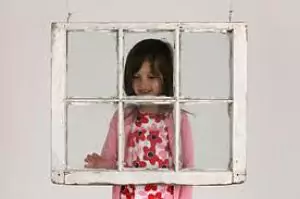Frequently Asked Questions

FAQs
Because good questions help homeowners make good decisions.
- Oil or Latex?
- What does "Licensed & Insured" mean?
- Can I paint aluminum storm windows?
- Flat, eggshell or glossy?
- What about lead paint?
- How long should a paint job last?
- Are more colors better?
- The case for inexpensive paint.
- What's involved in an "average" paint job?
- What is the best front door color?
- What is the best way to apply paint?
- Where can I go for more answers?
- How to test if paint is oil or latex?
- How will you send the proposal?
- How will you communicate with me?
- How far out are you scheduling?
- Do more colors cost more?
- What about color consultation?
- How can I compare estimates?
- How about just a “ballpark” estimate?
- What about repair work that might be needed?
- Is a meeting required? Why not just come by and then email an estimate?
- Tell me about your painters.